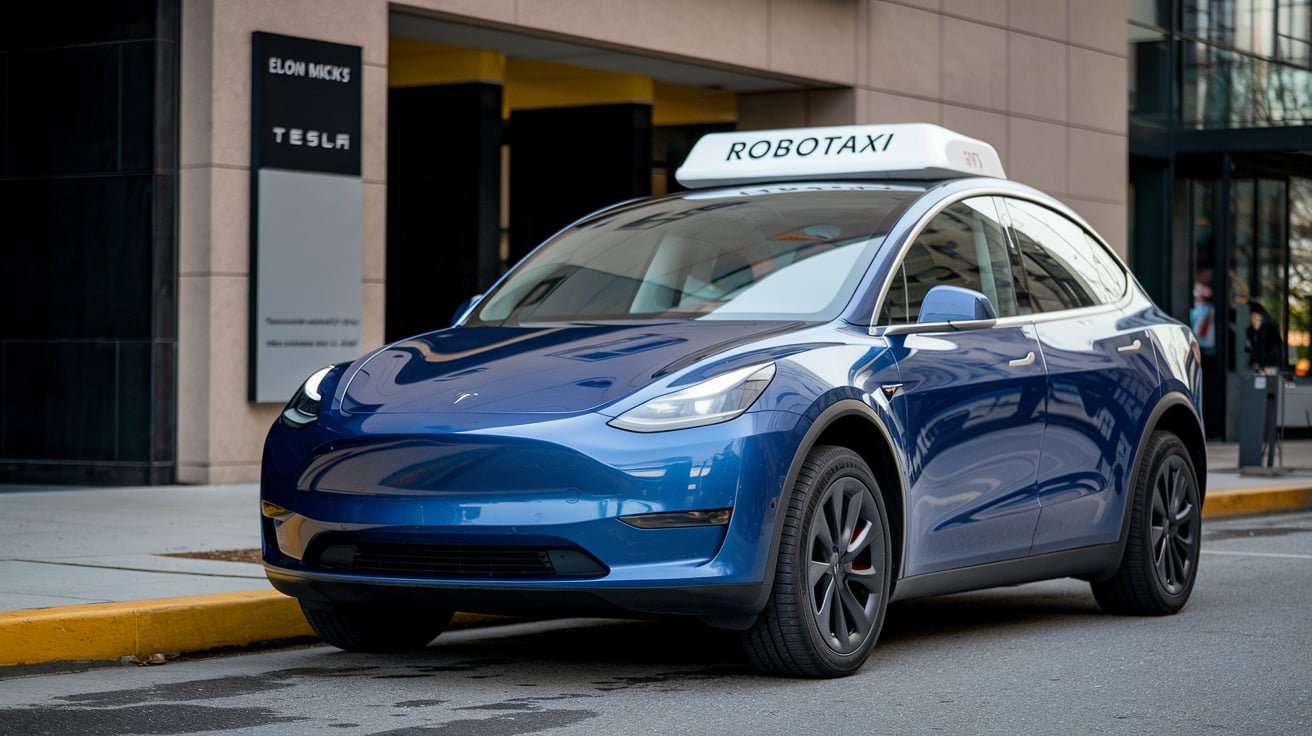
Tesla is gearing up to impress investors this Thursday night with its highly anticipated “robotaxi unveil,” marking a potential milestone after a decade filled with Elon Musk’s ambitious yet unfulfilled promises surrounding self-driving vehicles. The automaker is expected to showcase a prototype known as the "Cybercab," although it is unlikely to present a fully operational driverless taxi at this stage.
Convincing both regulators and the public of the Cybercab's safety could prove to be a daunting task. As competitors like Alphabet’s Waymo expand their operational robotaxi fleets in select cities, Tesla's path to market may be significantly more challenging.
Interviews with over a dozen executives, consultants, and academics specializing in self-driving technology, as well as insights from three former Tesla autonomous vehicle engineers, reveal that Tesla has chosen a different technological trajectory compared to its major rivals. While this path has the potential for higher rewards, it also comes with increased risks for both the company and its passengers.
Tesla's strategy relies solely on a combination of computer vision, utilizing cameras to replicate human sight, and end-to-end machine learning. This technology aims to translate raw images directly into driving decisions. This same technology forms the backbone of Tesla's "Full Self-Driving" feature, which, despite its name, requires human oversight for safe operation. Musk has indicated that the same principles are being applied to the development of fully autonomous robotaxis.
In contrast, Tesla's competitors—including Waymo, Amazon’s Zoox, General Motors’ Cruise, and various Chinese firms—employ similar foundational technologies but typically layer in redundant systems and sensors, such as radar, lidar, and sophisticated mapping tools. This layered approach is designed to ensure safety and facilitate regulatory approval for driverless vehicles.
Tesla’s simpler and more cost-effective strategy presents two major weaknesses, according to industry experts and a former Tesla engineer. First, without the additional safety layers utilized by competitors, Tesla's system has difficulties addressing "edge cases"—uncommon driving scenarios that can be particularly challenging for both self-driving systems and their human counterparts to navigate.
The second challenge is related to the nature of end-to-end AI technology itself. Dubbed a “black box” by insiders, this approach makes it nearly impossible to pinpoint specific failures when the system misbehaves or causes accidents. This opacity complicates efforts to mitigate risks and improve safety.
Nvidia's CEO Jensen Huang has also used the “black box” terminology to describe the shortcomings of end-to-end technology in general, highlighting that while this method often yields optimal driving decisions, it lacks the additional engineering or programming that more traditional systems employ.